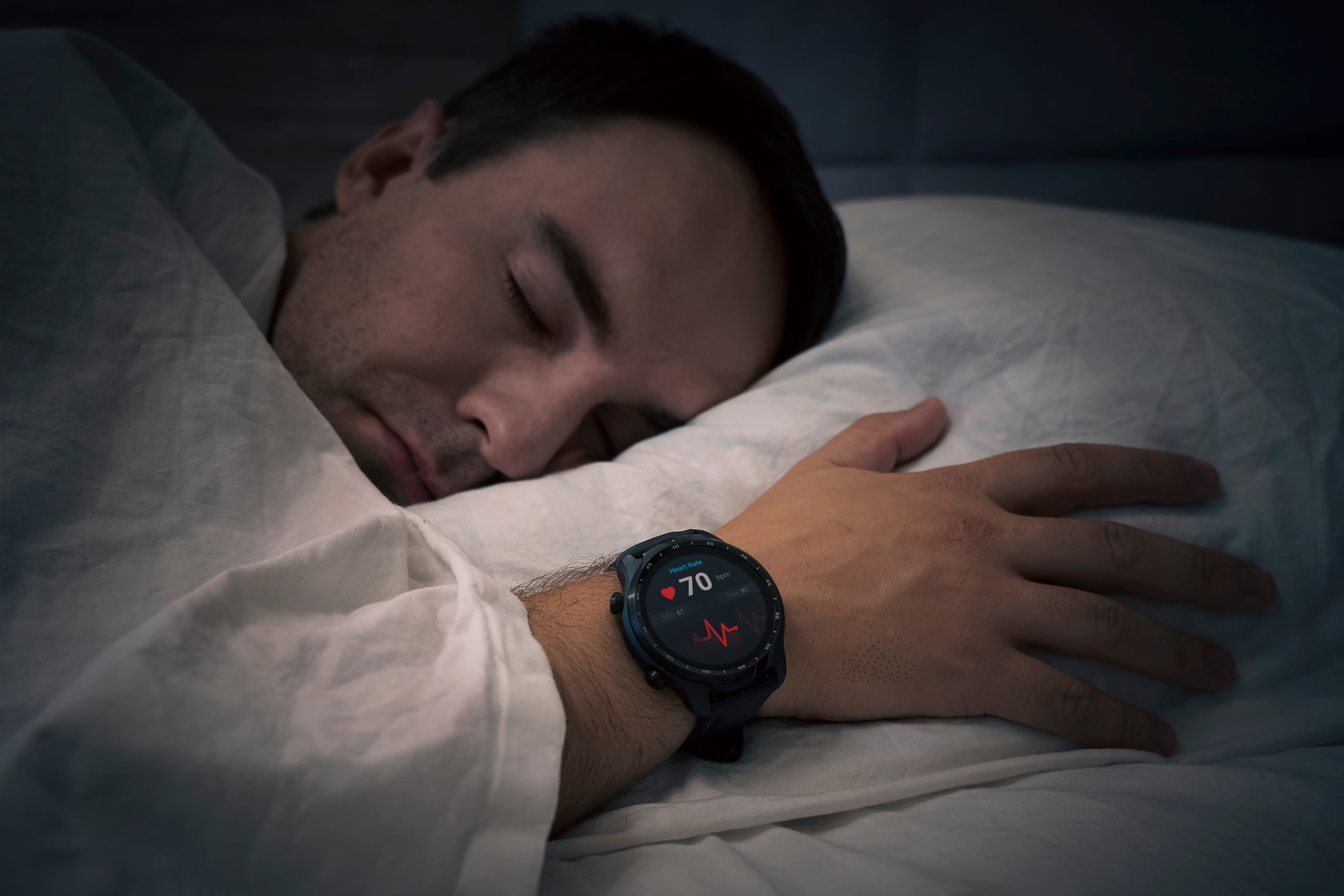Sleep trackers, once niche tools for elite athletes, now raise privacy concerns as they pervade everyday life.
Story Snapshot
- Sleep trackers, originally for researchers and athletes, are now widely adopted by the public.
- The technology’s evolution includes advanced sensors and machine learning.
- Concerns over data privacy and device accuracy persist.
- Regulatory scrutiny on health claims is increasing.
The Evolution of Sleep Trackers
Sleep tracking technology has transformed from a specialized tool for researchers and athletes to a staple in consumer health gadgets. The journey began in the 1950s with polysomnography, the gold standard for sleep measurement, which required complex equipment and was confined to clinical settings. In the early 1970s, actigraphy emerged, offering a less invasive option by using wrist-worn devices to estimate sleep-wake cycles. Over subsequent decades, technological advancements improved accuracy and usability.
By the 2010s, consumer-grade sleep trackers, including smartwatches and fitness bands, became widely available. Their integration with smartphones and the rise of health data analytics significantly boosted their popularity. Companies like Fitbit and Apple have led this charge, continually innovating with new features such as SpO2 sensors and heart rate variability monitoring. These advancements have made sleep tracking accessible to millions, promising insights into personal health and wellness.
Watch: Which is the BEST sleep tracker? – YouTube
Current Adoption and Challenges
Today, sleep trackers are ubiquitous among athletes, health enthusiasts, and the general public. The COVID-19 pandemic accelerated their adoption as remote health monitoring became crucial. However, despite their popularity, debates continue over their clinical validity and accuracy. Experts caution against over-reliance on consumer devices due to potential inaccuracies in sleep stage detection.
Regulatory bodies are increasingly scrutinizing the health claims made by these devices. There is an ongoing call for transparent algorithms and independent validation to ensure that these gadgets provide reliable data. This scrutiny aims to balance innovation with consumer protection, ensuring that users can trust the insights their devices provide without compromising their privacy.
Implications and Future Prospects
The widespread adoption of sleep trackers has both positive and negative implications. In the short term, they raise awareness about the importance of sleep health, offering individuals the tools to improve their sleep habits. In the long term, they hold the potential to transform sleep medicine, enabling remote patient monitoring and new public health strategies. However, this democratization of sleep data also raises concerns about data privacy and the potential for health disparities if access to reliable devices is unequal.
As the market for wearables continues to grow, projected to reach $419 billion by 2028, the race to innovate in sensors, algorithms, and user experience is intensifying. The healthcare sector is particularly poised for transformation as consumer data becomes integrated into clinical workflows, potentially reshaping how sleep disorders are diagnosed and treated. Nevertheless, the need for regulatory oversight and standardization remains critical to safeguard users’ interests.
Sources:
Peer-reviewed articles on the history and validation of actigraphy and wearable sleep trackers
Academic insights into sleep tracker technological advancements
Summary of sleep science and technology evolution
Comprehensive overview of sleep tracking history and applications











